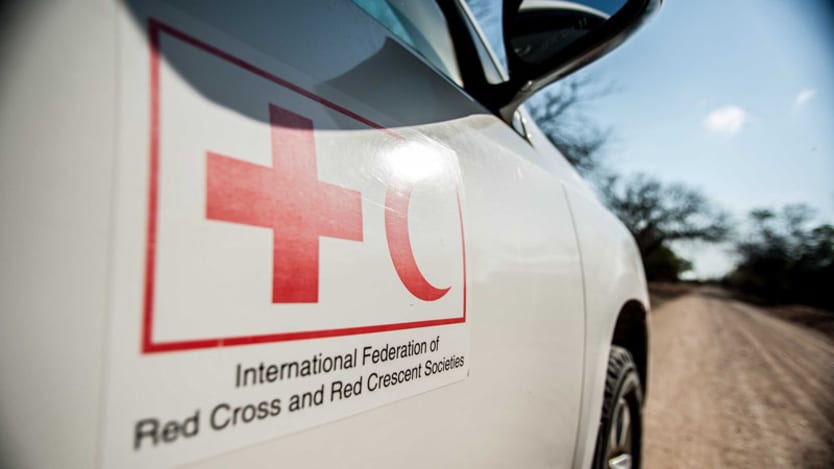
BANGKOK — The International Federation of Red Cross and Red Crescent Societies has a new target for its offices across Asia and the Pacific: By 2020, the humanitarian aid organization aims to see women in half of its senior leadership roles.
More than one-third of leadership positions in the IFRC Asia-Pacific team are currently occupied by women, but “we need to improve, and we will,” said IFRC’s Asia Pacific Regional Director Xavier Castellanos — IFRC works in support of 38 National Red Cross and Red Crescent Societies.
Disaster responders 'not working together' to address gender-based violence, report finds
The risks of gender-based violence are exacerbated during disasters — and aid groups can do more to mitigate them, a new report from IFRC finds.
“Once a disaster has struck, it is too late to think about including women in leading, planning, and implementing disaster measures,” Castellanos told Devex. “We need to change. We need to strive for greater equality.”
Presented at the Asian Ministerial Conference on Disaster Risk Reduction in Mongolia in early July, Red Cross and Red Crescent Societies in Asia-Pacific agreed to “significantly increase their efforts to identify, support, and promote women into 50 percent of leadership and governance positions and decision-making platforms” by 2020.
This builds on a broader commitment made by national societies at the IFRC General Assembly in Turkey, in November 2017, which saw all 190 National Red Cross and Red Crescent Societies adopt a resolution to reinforce gender equality and equal opportunities in their leadership.
IFRC hasn’t yet formed a team to specifically address the gender target in Asia-Pacific, although gender and diversity focal points are already present in every national society, explained Priyanka Bhalla, IFRC Asia Pacific gender-based violence adviser. In coming months, the organization will likely form a working group to consider implementation strategies and examine best practices, she said.
A separate working group is designing a training and mentoring program as a way to boost mentorship among female leaders throughout the organization. Bhalla and others are drawing from lessons learned by other organizations — such as ensuring regular follow-up mentoring meetings to avoid talent loss. Bhalla is also finding inspiration in the Australian Human Rights Commission’s “Male Champions for Change” program, which enlisted men in senior leadership positions in top private sector firms to commit to reducing barriers to women’s leadership in their own companies.
There are still questions surrounding whether a quota system is the most effective way to promote women’s leadership — rather than, for instance, eliciting action from critical actors within an organization. But Bhalla sees IFRC’s 50 percent commitment as a win compared to many global organizations that have promised 30 percent.
“Women’s leadership is crucial in building resilient communities, and in the Red Cross and Red Crescent we know that women are eager to shoulder the responsibility,” Castellanos said.
“We hope we are moving toward a critical mass in that respect, as governments, civil society, science, the private sector, international organizations, the development banks, and the media help empower women.”
